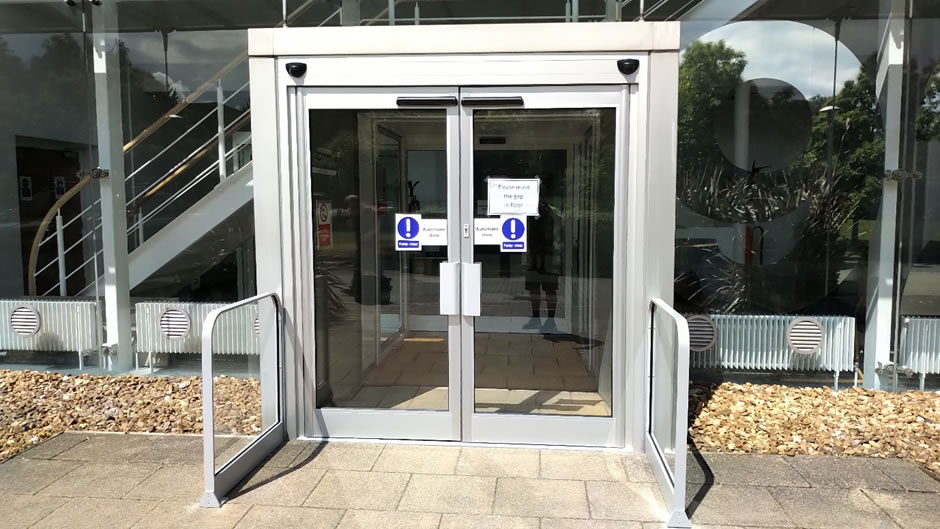A crucial component of healthcare is pain management, which aims to reduce discomfort and enhance the quality of life for those with either acute or chronic pain. A multimodal approach that combines medical therapies including medication, physical therapy, and psychological support is necessary for effective pain management. It is advised that patients collaborate closely with their healthcare professionals to design individualized pain management programs that cater to their individual requirements and objectives.
Comprehending Pain
Prior to discussing pain management techniques, it’s critical to realize that pain is more than just a physical experience. It’s a complicated event with many facets, including social, psychological, and emotional aspects.
Two primary categories can be used to categorize pain:
Acute discomfort This kind of pain comes on quickly and is frequently brought on by an illness, injury, or surgery. Usually, once the underlying reason is addressed, it goes away.
Chronic pain:
Pain that lasts longer than three months and may be brought on by back issues, fibromyalgia, or arthritis. It may have no discernible reason at all, or it may continue long after the initial cause has healed.
Reducing discomfort, increasing function, and improving quality of life are the objectives of effective pain management, which calls for a customized strategy that takes into account both the psychological and physiological components of pain.
Strategies for Medical Pain Management
The first course of treatment for pain management is frequently medical procedures. Depending on the degree and cause of the pain, these may include prescription drugs, physical therapy, and more invasive operations.
1. Medicinal Interventions
The mainstay of pain management is medication, which is frequently divided into groups according to the kind of pain they address:
Non-narcotic painkillers:
Nonsteroidal anti-inflammatory medicines (NSAIDs), such aspirin and ibuprofen, and acetaminophen (Tylenol) are commonly used to treat mild to moderate pain, including headaches, aches in the muscles, and arthritis. Although they are usually sold over-the-counter, prescriptions for larger dosages are also an option.
Opioids Morphine, oxycodone, and hydrocodone are examples of opioid drugs that may be administered for more severe pain, particularly after surgery or in cancer therapy. Although these medications work well, there is a chance of addiction and negative effects, thus it is usually advised to only use them temporarily.
Both anticonvulsants and antidepressants:
It’s interesting to note that several drugs that are commonly used to treat depression or seizures can also effectively manage some chronic pain conditions, particularly nerve pain. Amitriptyline and gabapentin are two examples of medications that might lessen pain signals in the brain and spinal cord.
Topical interventions:
Painful areas can be immediately treated with creams, gels, or patches containing chemicals like lidocaine or capsaicin, which provide regional relief without causing systemic side effects.
2. Manual Therapy
An integral part of pain management, especially for musculoskeletal pain, is physical therapy. Through focused exercises and methods like these, a licensed physical therapist helps patients increase their range of motion, strengthen their muscles, and lessen their pain.
Exercises for strengthening and extending:
These are intended to increase muscular strength, decrease stiffness, and enhance flexibility in order to relieve pressure on joints and other sore spots.
Hand therapy:
Pain relief and healing can be aided by methods such as massage, joint mobilization, and manipulation that lessen muscular tension and increase circulation.
Transcutaneous Electrical Nerve Stimulation, or TENS, therapy:
Low-voltage electrical currents are used in this non-invasive treatment to activate nerves and lessen pain perception. It is frequently used to treat chronic pain disorders like arthritis and fibromyalgia.
3. Nerve blocks and injections
Injections can relieve specific discomfort for a number of ailments. For instance, corticosteroid injections can lessen joint inflammation, and nerve blocks—which entail administering anesthesia close to a nerve—can prevent the brain from receiving pain signals. These therapies are frequently used to treat sciatica, persistent back pain, and other types of nerve pain.
Complementary and Holistic Approaches to Pain Management
Many people benefit from a holistic approach that addresses not only the physical components of pain but also emotional and mental well-being, even if drugs and treatments can be quite effective in controlling pain. Complementary therapies provide a more all-encompassing approach to pain management by augmenting the efficacy of conventional treatments.
1. Body-Mind Integration
The way we experience pain is largely influenced by our minds. Pain intensity can be decreased by methods that assist relax the body and mind.
Focusing on the present moment and tolerating painful feelings without passing judgment are key components of mindfulness and meditation. Because mindfulness alters the way the brain interprets pain signals, it has been demonstrated to help lessen the emotional and psychological effects of chronic pain.
Therapy based on cognitive behavior (CBT):
CBT is a kind of psychotherapy that assists patients in altering unfavorable thought patterns and actions that fuel pain. CBT can help lessen the emotional toll of pain as well as the perception of it by changing the way one thinks about it and helping one establish coping mechanisms.
Biofeedback:
This method provides real-time feedback about physiological processes, such as heart rate and muscular tension, using sensors. By controlling these processes, patients can improve their relaxation and reduce tension, both of which can aid with pain relief.
2. The use of acupuncture
Acupuncture is a traditional Chinese medicine-based ancient practice that includes the insertion of tiny needles into particular body locations to promote energy flow and alleviate pain. Back pain, osteoarthritis, and migraines have all been reported to respond well to acupuncture, though the precise causes are still unclear. For many, it’s an invaluable addition to more traditional pain management techniques.
3. Chiropractic Therapy
The primary focus of chiropractors is the diagnosis and treatment of musculoskeletal conditions, especially those that affect the spine. Chiropractic therapy seeks to relieve pain, lessen nerve irritation, and improve spinal alignment through spine adjustments and manipulations. It works very well for headaches, neck discomfort, and back pain.
4. Nutrition and Diet
The way you feel pain is also influenced by the food you eat. Inflammation is frequently the cause of chronic pain, therefore eating a diet high in anti-inflammatory foods—like fruits, vegetables, whole grains, and omega-3 fatty acids—can help reduce it. Conversely, foods heavy in sugar, processed carbohydrates, and bad fats can aggravate discomfort and cause inflammation. Eating a balanced diet helps promote general health and enhance the body’s healing capacity.
Modifications to Lifestyle for Chronic Pain Management
Long-term pain management can be improved with specific lifestyle modifications in addition to medical and other therapies.
1. Frequent Workout
One of the best strategies to manage chronic pain is to engage in regular physical exercise, despite the fact that this may seem paradoxical. Exercise boosts endorphins, the body’s natural analgesics, and strengthens and stretches muscles. Walking, yoga, and swimming are examples of low-impact activities that are very helpful for those with chronic pain.
2. Healthy Sleep
Chronic pain frequently makes it difficult to sleep, and not getting enough sleep can exacerbate the agony. Enhancing sleep quality is crucial for pain management. Some ways to do this include making your bedroom cozy, practicing relaxation techniques before bed, and developing a regular sleep schedule.
3. Managing Stress
Stress can make pain worse by making muscles tense and causing the body to react inflammatoryly. Reducing the total load of pain can be achieved by finding healthy strategies to handle stress, such as deep breathing exercises, hobbies, or social support.
In summary
Reducing physical discomfort is only one aspect of effective pain management; another is enhancing quality of life. People are able to take back control of their lives and effectively manage their pain when they combine medical interventions with alternative therapies and lifestyle modifications. Since every person experiences pain differently, it’s critical to identify the best mix of coping mechanisms for each individual. It is possible to live a more fulfilled, pain-free life, improve mobility, and reduce discomfort with the appropriate technique.







